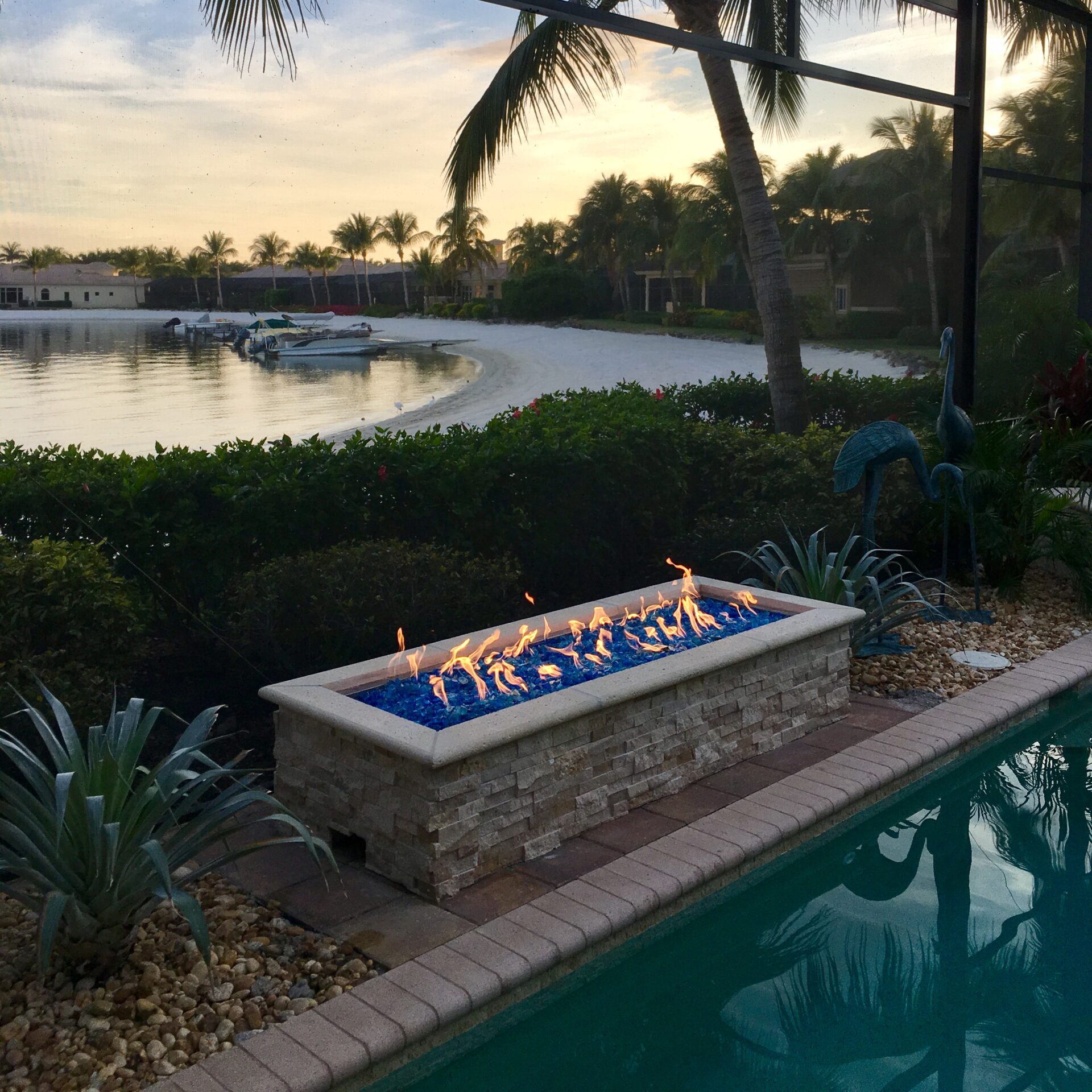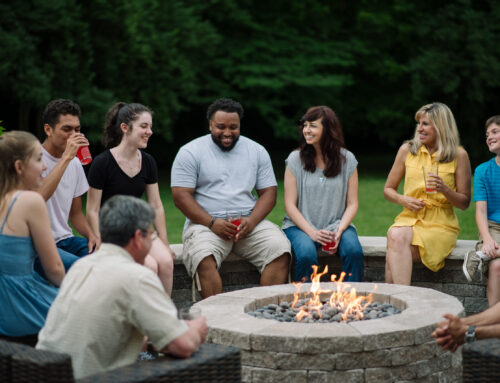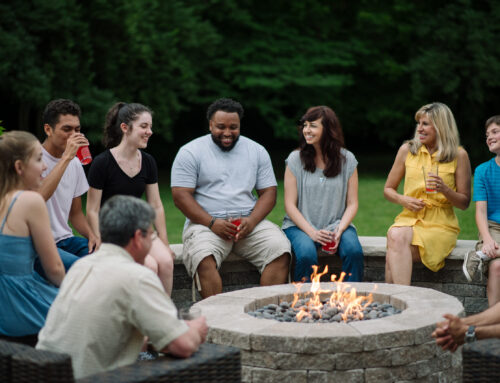Calculating Gas Consumption for Fire Pits

HPC Fire Inspired offers over 400 CSA Certified Gas Fire appliances. Gas-burning fire pits have become increasingly popular as an outdoor heating and recreational option. Gas appliances offer a clean way to enjoy the warmth and ambiance of a fire without the mess and maintenance associated with traditional wood-burning fire pits.
HPC Fire Inspired is always looking out for our consumers empowering them with information. In this article, we will explore a step-by-step guide on how to calculate gas consumption for an HPC Fire Inspired gas-burning fire pit. This will allow consumers to gain a greater understanding around gas usage cost and ensure overall safe utilization.
Step 1: Find the Gas Input Rate
To begin calculating gas consumption, you need to determine the gas input rate of your gas-burning unit. This information can be found on our white data plate that is attached under the pan or in the case of electronic ignition it can be found on the outside of the ignition box. The gas input rate is measured in British Thermal Units per hour (BTU/hr) and represents the amount of gas the fire pit consumes during one hour of operation. Depending on your gas provider and certain additives this will range between 1000 – 1075 BTU per cu/ft of natural gas. For our purposes we will use 1037 BTU per cubic foot of gas.
Step 2: Determine the Time of Use
Decide how long you plan to use your HPC fire feature, determining how many hours you intend to run the unit for. This can be based on your intended usage, whether it’s a short evening gathering or a more extended period of relaxation outdoors. Keep in mind that the longer the fire pit operates, the more gas it will consume. For our purposes I would recommend 1 hour of usage as you can easily extrapolate it to longer or shorter uses.
Step 3: Convert BTU to Cubic Feet (if needed)
Depending on your gas provider and billing system, gas consumption may be measured in cubic feet (ft³) instead of BTUs. Some gas providers may measure the consumption in THERMS. (100cft = 1 therm). If your fire pit’s gas input rate is in BTUs, you’ll need to convert it to cubic feet or THERMS. Please see the conversion factors to help you make this transition.
Conversion Factors
- 1037 BTU = 1 cu/ft of natural gas
- 100 cu/ft = 1 Therm
Step 4: Calculate Gas Consumption
Multiply the gas input rate (in cubic meters per hour) by the time of use (in hours) to obtain the total gas consumption during that period. This will give you an estimate of how much gas your fire pit will utilize.
Example
HPC Fire Inspired model number: TOR-PENTA37EI-NG/120VAC has a BTU rating of 275,000 BTU per hour.
For the purpose of the HPC example we will determine the usage time over the course of an 1 hour.
Cubic feet per hour conversion:
275,000 / 1037 = 265.188 cu/ft of gas consumed in 1 hour
Therm per hour conversion:
275,000 BTU / 1037 = 265.188 /100 = 2.652 therms of gas consumed in 1 hour
Once the consumption is known now it’s easy to look the cost of gas in either cu/ft of gas or a Therm. This can be found on your gas bill. Here in Dayton Ohio, it is an average of about $ .90 per therm
2.652 (therms consumed per hour) x .90 (cost per therm) = $2.38 per one hour of run time
Knowing how to calculate gas consumption for your gas-burning fire pit is crucial for budgeting and understanding the environmental impact of using this popular outdoor appliance. By following the step-by-step guide provided in this article, you can estimate the amount of gas your fire pit will consume during its operation, helping you plan and manage your resources more effectively.
Keep in mind that gas consumption can vary depending on various factors, including the fire pit’s settings, weather conditions, and altitude. To ensure safety and efficiency, always follow the manufacturer’s guidelines and perform regular maintenance checks on your gas-burning fire pit.
If you have any questions or concerns, please give us a call at 937-436-9800. Let our NFI certified technicians provide guidance around all your fire design needs.
Looking to learn more about HPC’s Offerings? Schedule an online or in person training with Chuck Parsons, HPC’s training and education manager.





